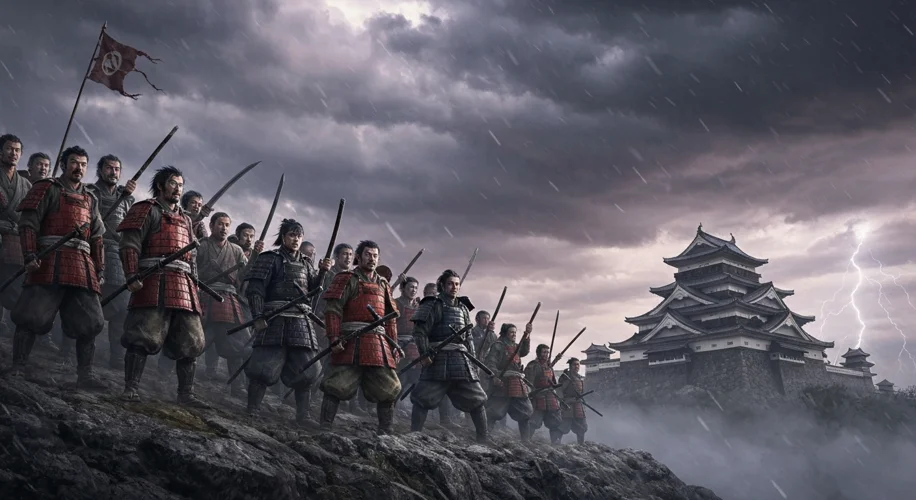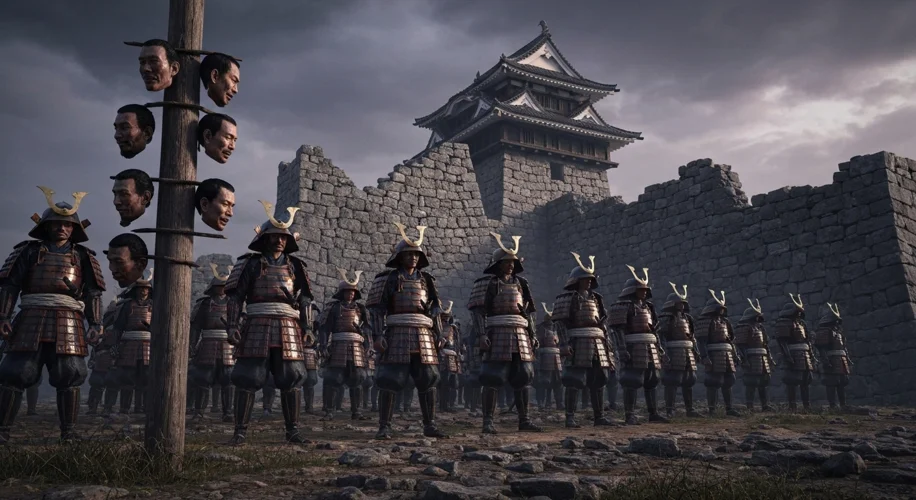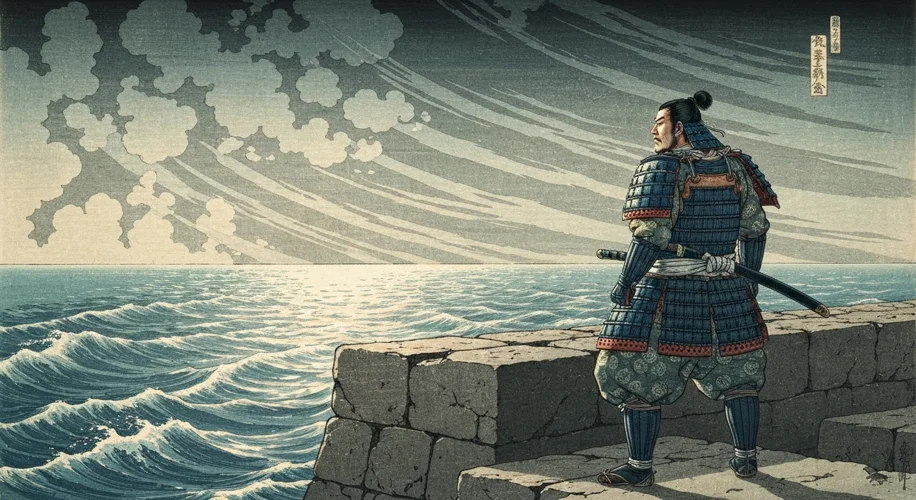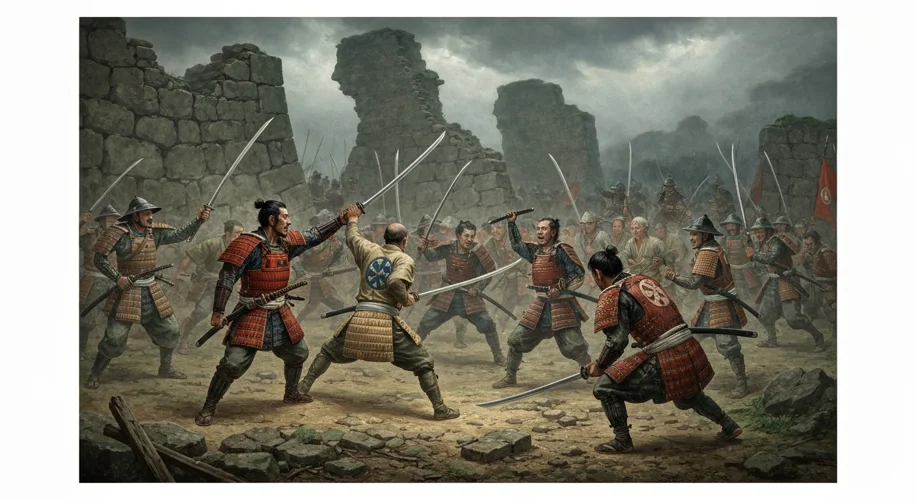The year is 1637. The air in the Shimabara Peninsula, a fertile land jutting out into the Ariake Sea on the island of Kyushu, is thick with a palpable tension. For years, the farmers and fishermen, the backbone of this region, have toiled under an increasingly oppressive yoke. Their harvests dwindle, their bellies ache with hunger, yet the taxes levied by the local lords, acting on behalf of the Tokugawa Shogunate in distant Edo, only seem to grow heavier.
This was a Japan under the rule of the Tokugawa Shogunate, a period often lauded for its peace and stability, but a peace built on a foundation of strict control. The Sakoku policy, a series of isolationist decrees, had largely sealed Japan off from the outside world, driven by a deep-seated fear of foreign influence, particularly Christian missionaries and their converts. Christianity, introduced by the Portuguese in the 16th century, had initially seen a surge in followers, but by the 1630s, it was ruthlessly suppressed. Followers were forced to recant their faith or face brutal persecution, torture, and death.
Against this backdrop of economic hardship and religious persecution, a storm was brewing. The rebels were a motley crew, united by their suffering. At their core were the impoverished peasants, driven to desperation by famine and insatiable taxes. Alongside them stood a significant number of Christians, men and women who refused to abandon their faith, including former samurai, known as rōnin, who had lost their lords and their purpose, and now found a cause in resistance.
Key figures emerged, though history often paints them with a broad brush. Amakusa Shirō, a charismatic young man, a devout Christian often depicted as having divine visions, became the spiritual leader. His followers saw him as a messiah, a deliverer from their earthly woes. On the other side stood the formidable forces of the Shogunate, led by experienced generals like Matsudaira Nobutsuna, tasked with quelling this defiance with an iron fist. The Shogunate viewed the rebellion not just as a peasant revolt but as a dangerous Christian uprising, a threat to the very fabric of their ordered society.

The spark ignited in late 1637. What began as localized protests quickly escalated into a full-blown rebellion. The rebels, numbering tens of thousands, seized the abandoned Hara Castle, a formidable stone fortress perched on a peninsula. Inside its walls, they found a sanctuary and a symbol of their defiance. For months, they held out against the shogun’s forces, a David against a Goliath.
The siege of Hara Castle was a brutal affair. The shogun’s army, vastly superior in numbers and weaponry, relentlessly bombarded the castle. Inside, the rebels, starving and desperate, fought with the ferocity of those with nothing left to lose. They repelled wave after wave of attacks, their faith and their desperation fueling their resistance. Accounts speak of harrowing conditions, of dwindling food supplies, and of the horrifying sight of rebel heads being displayed to demoralize the defenders.
The rebellion, however, was ultimately doomed. Despite their valiant efforts, the overwhelming might of the Tokugawa Shogunate proved too much. In April 1638, after a siege lasting over three months, the shogun’s forces finally breached the castle walls. The ensuing massacre was horrific. It is estimated that nearly all of the 37,000 rebels, men, women, and children, were killed. Amakusa Shirō himself was captured and beheaded, his head displayed as a grim warning.
The Shimabara Rebellion, though ultimately a devastating defeat for the rebels, marked a pivotal turning point in Japanese history. The Shogunate’s response was decisive and brutal, solidifying its anti-Christian policies.

The Sakoku policy was reinforced, and the persecution of Christians intensified. Any hint of foreign influence was ruthlessly stamped out. The rebellion served as a stark reminder to the ruling class of the potential for unrest, and it led to an even more stringent control over the populace. It also reinforced the narrative that Christianity was a dangerous, subversive foreign religion.
The long-term consequences of the Shimabara Rebellion were profound. It contributed to a period of over two centuries of relative isolation for Japan, shaping its unique cultural and societal development. While the Shogunate aimed to eradicate Christianity, the memory of the rebels’ sacrifice and their unwavering faith lingered, becoming a quiet testament to their courage in the face of overwhelming odds. The event stands as a powerful, albeit tragic, testament to the human spirit’s resilience and the enduring power of faith, even in the darkest of times.

The Shimabara Rebellion is a grim chapter in Japan’s history, a stark reminder that the peace of the Edo period was maintained at a terrible human cost, and that even the most determined resistance could be met with overwhelming force, forever altering the course of a nation.

